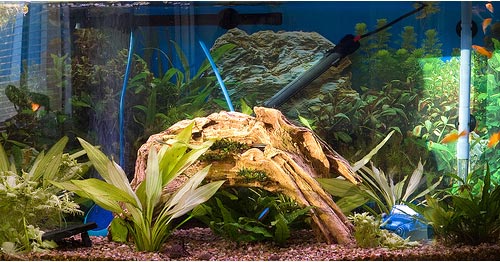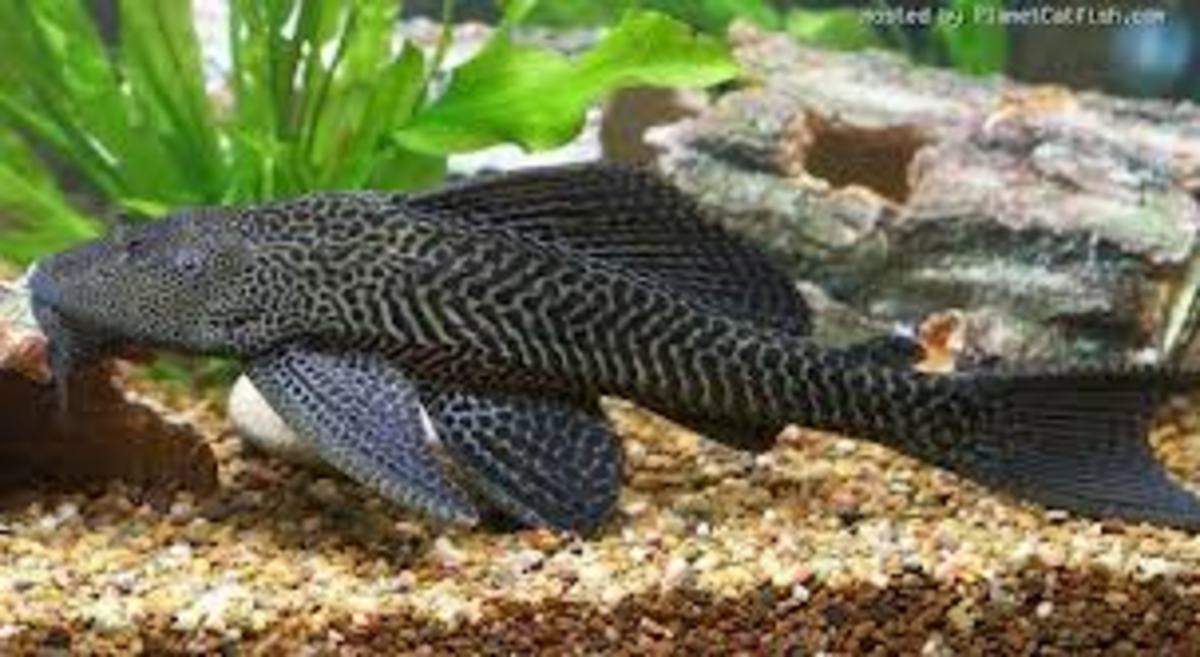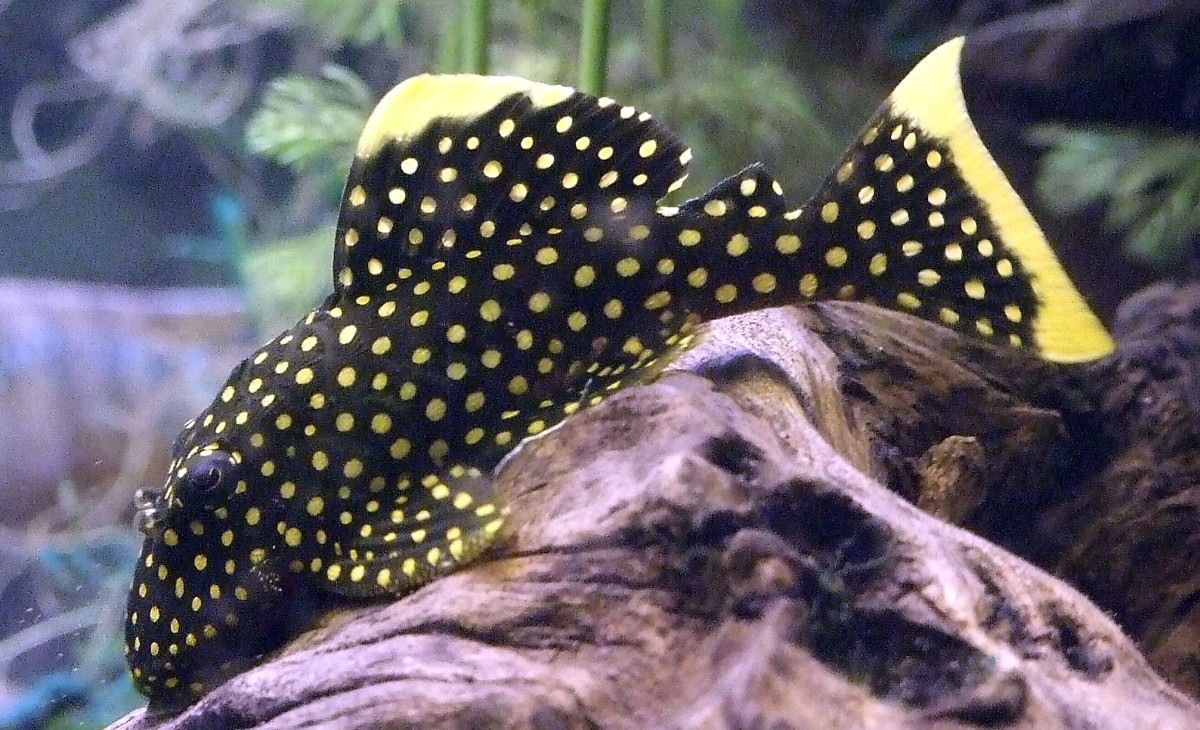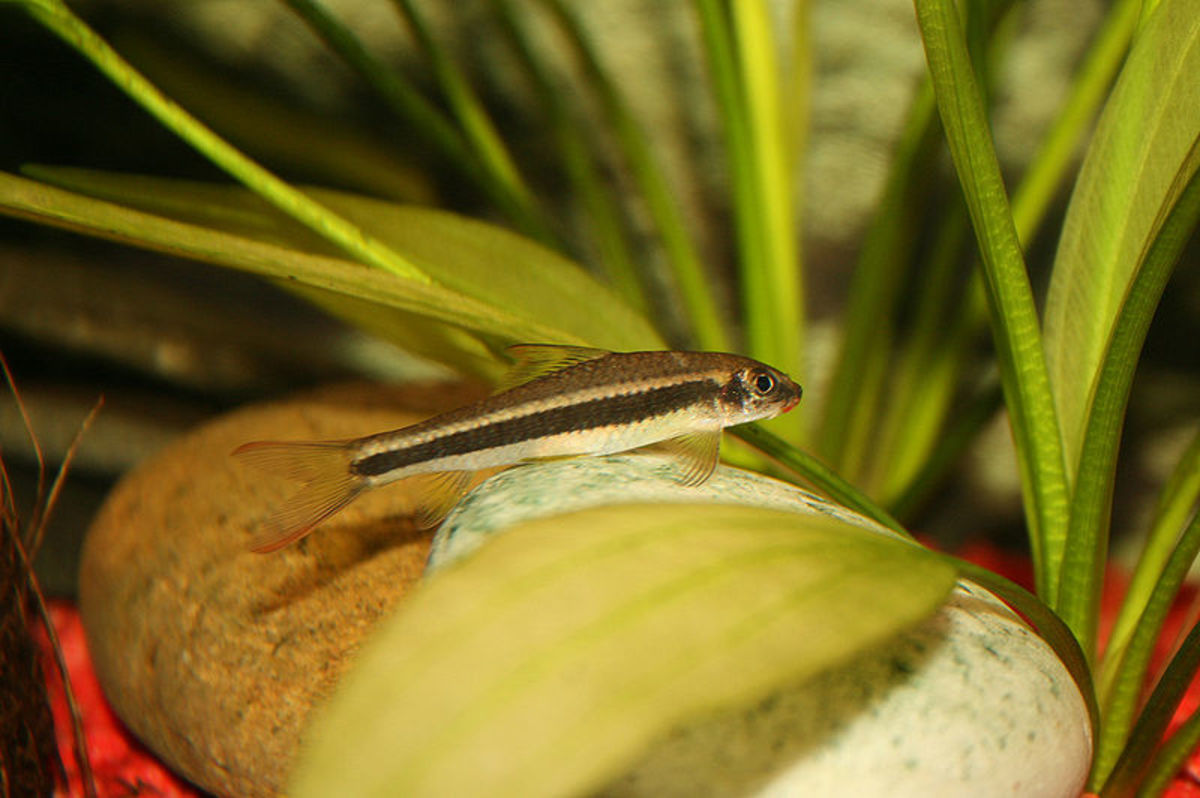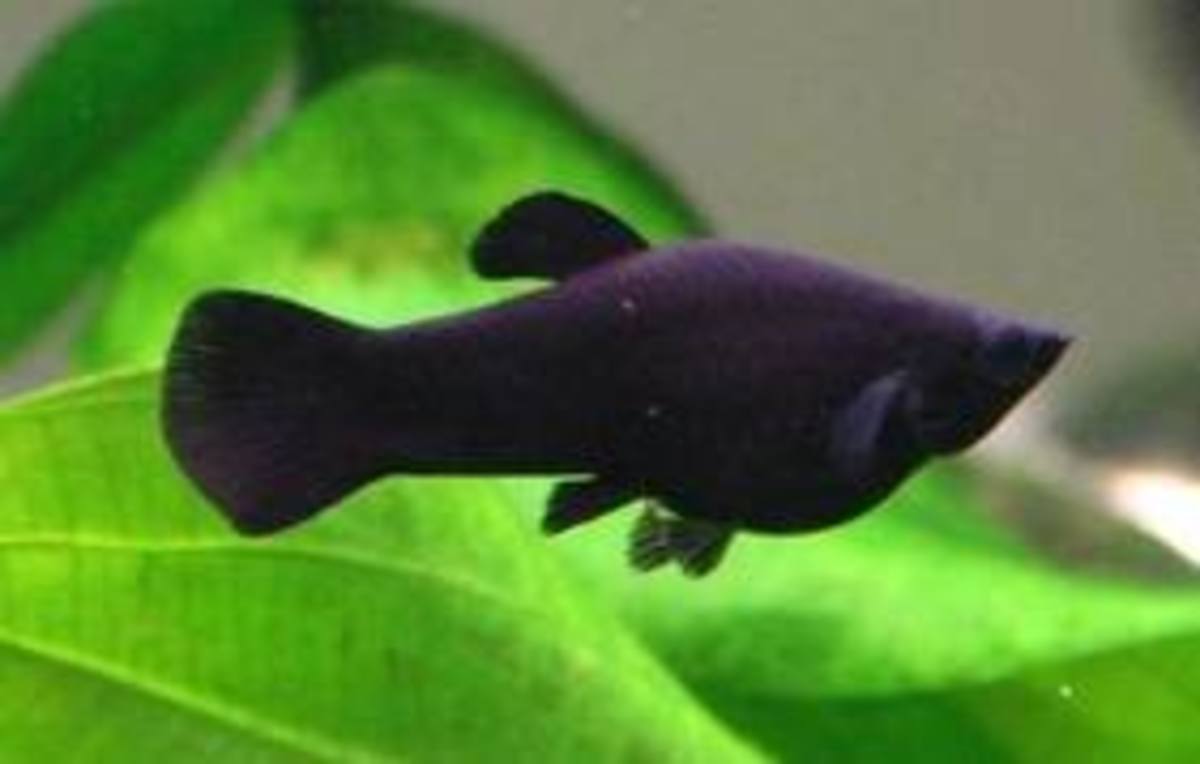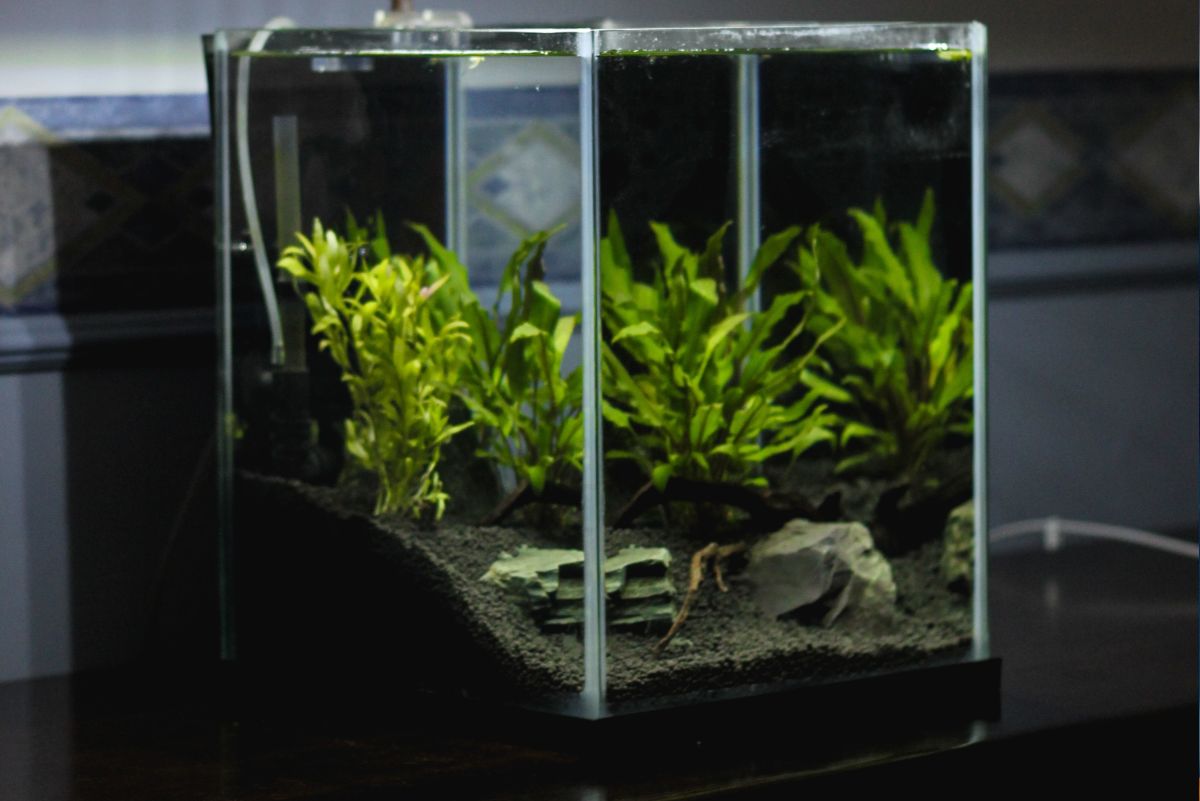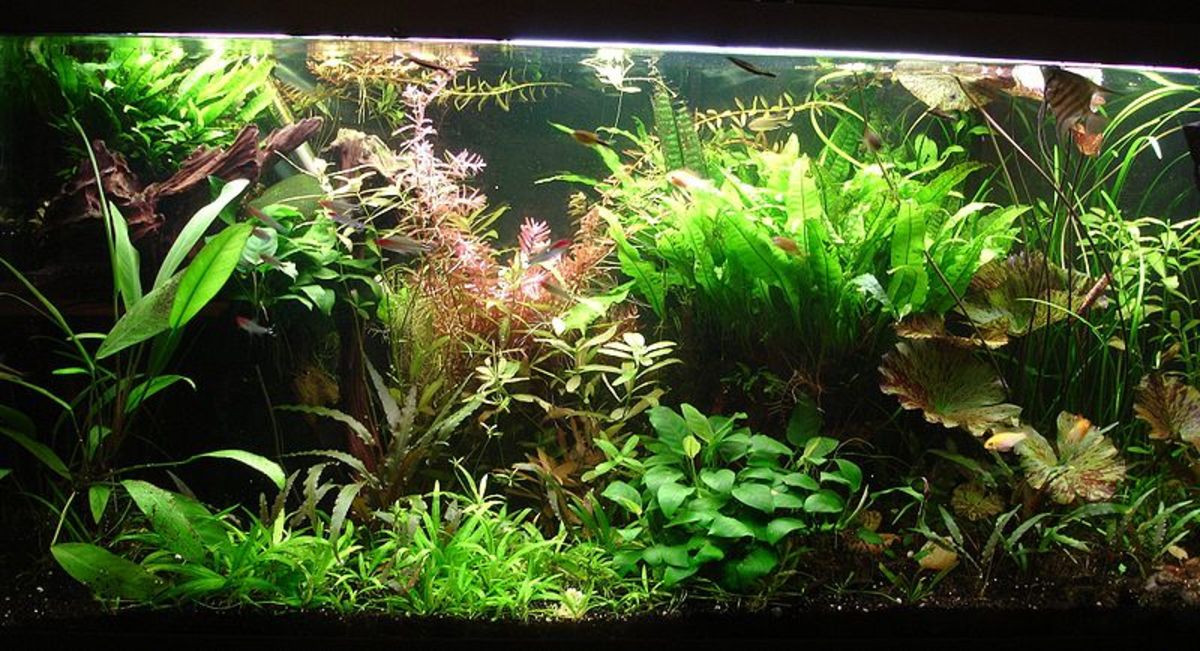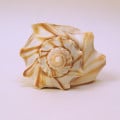Basic Freshwater Aquarium Setup Tips
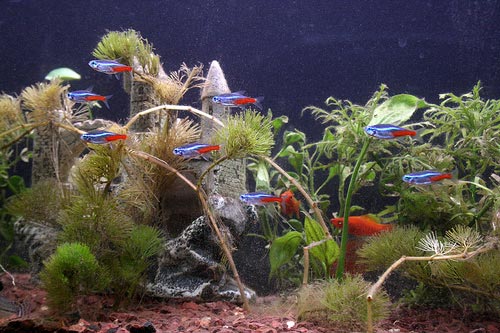
Freshwater Aquarium
If you've decided to set up a freshwater aquarium, you want to consider some of the basic tips I'm about to outline below. First, you'll need to understand that with freshwater aquariums you can create a community tank, but you can't mix tropical fish with coldwater fish due to their obvious environmental differences. IE. the temperature of the water. But, you can put one or the other within the tank.
You'll want to choose between a glass, acrylic glass, or acrylic, as the aquarium. Usually, larger enclosures are made of glass, whereas smaller aquariums tend to be acrylic or an acrylic glass.
Typical freshwater aquarium fish include goldfish, cichlids, tetras, mollies, platies, and various other community fish. Make sure that you know which fish are compatible before you mix community and aggressive or community and semi-aggressive fish.
Freshwater Aquarium Conditioner
Freshwater Aquarium Water Tests
Setting up an Aquarium
Location
You want the aquarium to be in an area where you'll be able to enjoy it; plus the fish will get used to seeing you, so they will not shy away when you get close to the tank.
You want to make sure that the aquarium is on a solid support, such as a table or stand, and you want to avoid direct sunlight, as this will increase green algae growth during summer months.
Setting up the Aquarium
You want to rinse out the aquarium, the gravel, and all the décor and plants before you start to fill up the tank. You want to remove all dust, dirt, and debri from everything you plan on putting inside the tank. You can put the gravel in a large bucket, pour the bucket with water, stir the gravel around a bit, dump the water, refill, stir, and dump the water back out.
When you go to fill up the tank, you want to carefully pour in the gravel, place larger décor in the tank, and add any plants. You want to put taller plants towards the back of the tank and shorter plants near the front. Go ahead and set up the filter and heater, but do not plug anything in.
When you're ready to pour in the tap water, make sure that the water is room temperature. You may want to put a shallow bowl in the center of the tank so that when you pour the water into the tank, the stream will not displace your gravel or décor. When the water fills about an inch or so above the gravel, you can remove the bowl.
Once the aquarium is completely filled with tap water, plug in your heater so that it can acclimate the water to about 78F, if you plan on keeping tropical fish in your aquarium. Also, go ahead and plug in the filter so that it can start filtering the water.
Add all your water treatments to the tap water so that the chlorine is removed and the good bacteria starts to build up in the tank.
Add the light, and you're done. Let the tank sit for at least 48 hours before you add any fish. It's actually better if you want 5-7 days before adding fish so that the good bacteria and the tank can full acclimate.
Adding the Fish
You don't want to add all the fish to you aquarium all at once. Even though you've let the aquarium acclimate and build up good bacteria, you want to add a few fish at a time so that you do not upset the biological balance of the aquarium.
Depending on the size of your aquarium, you'll want to add about 3-5 fish to start. Let the fish live and build up more good bacteria for about three days, and then you can add 2-3 more fish.
Then every 3-5 days you can add your fish until your tank is complete.
The key is that per every one gallon of water you have one inch of fish, so when choosing your fish, you'll want to check the adult size of the fish. Basically, you can't count the baby size of the fish and just keep adding fish.
The more fish you add, the more ammonia they produce, and if you have a small tank with an equal balance of good bacteria, the bacteria can only breakdown so much ammonia and waste.
On average you can put 8-12 fish in a 10 gallon tank, 12-15 fish in a 20 gallon, 15-20 fish in a 30 gallon, and 20-30 fish in a 55 gallon aquarium.
Acclimating the New Fish
As soon as you purchase your new fish, you want to go straight home as the bags they are packed in are meant to last just a few hours, if properly bagged. When you get home, you want to float the bag, unopened, for about 15-20 minutes so that they are allowed to adjust to the new temperature.
When you go to let them free, it's best to try to avoid letting any of the bagged water into your aquarium. This is where a net comes in handy.
It will take a few days for the new fish to adjust to the new environment. Try not to mess with them during that time, as you want to minimize the stress level.
Setting up A Freshwater Aquarium
Aquarium Maintenance
You want to make sure that you keep up a regular maintenance routine so that you prevent the aquarium from getting cloudy and dirty, as this can increase disease amongst your fish.
Once a month, you want to test the ammonia and pH levels of your water. You can either test it at home with at home test strips, or take a cup of water to your local pet store and ask them to test it for you.
You'll want to replace the filter cartridge and the activated carbon that's inside the filter.
Scrub the walls free of algae, and rinse off your aquarium décor and fake plants.
And perform a partial water change. You'll want to remove about 20% of the water from the aquarium and refill it with tap water. Treat the aquarium with a water conditioner, and leave the fish alone, as this is a very stressful process. It's actually best that you remove the fish from the tank if possible, but this is not necessary.
Before you start to remove the water, you'll want to unplug the filter and the heat source. If you're using a heater (tube shaped), you'll want to leave it unplugged for at least 20 minutes so that it can cool off, otherwise, if you do not wait till it's cooled or if you leave it plugged in, you can potentially crack the aquarium because the water is not there to buffer the heat.
